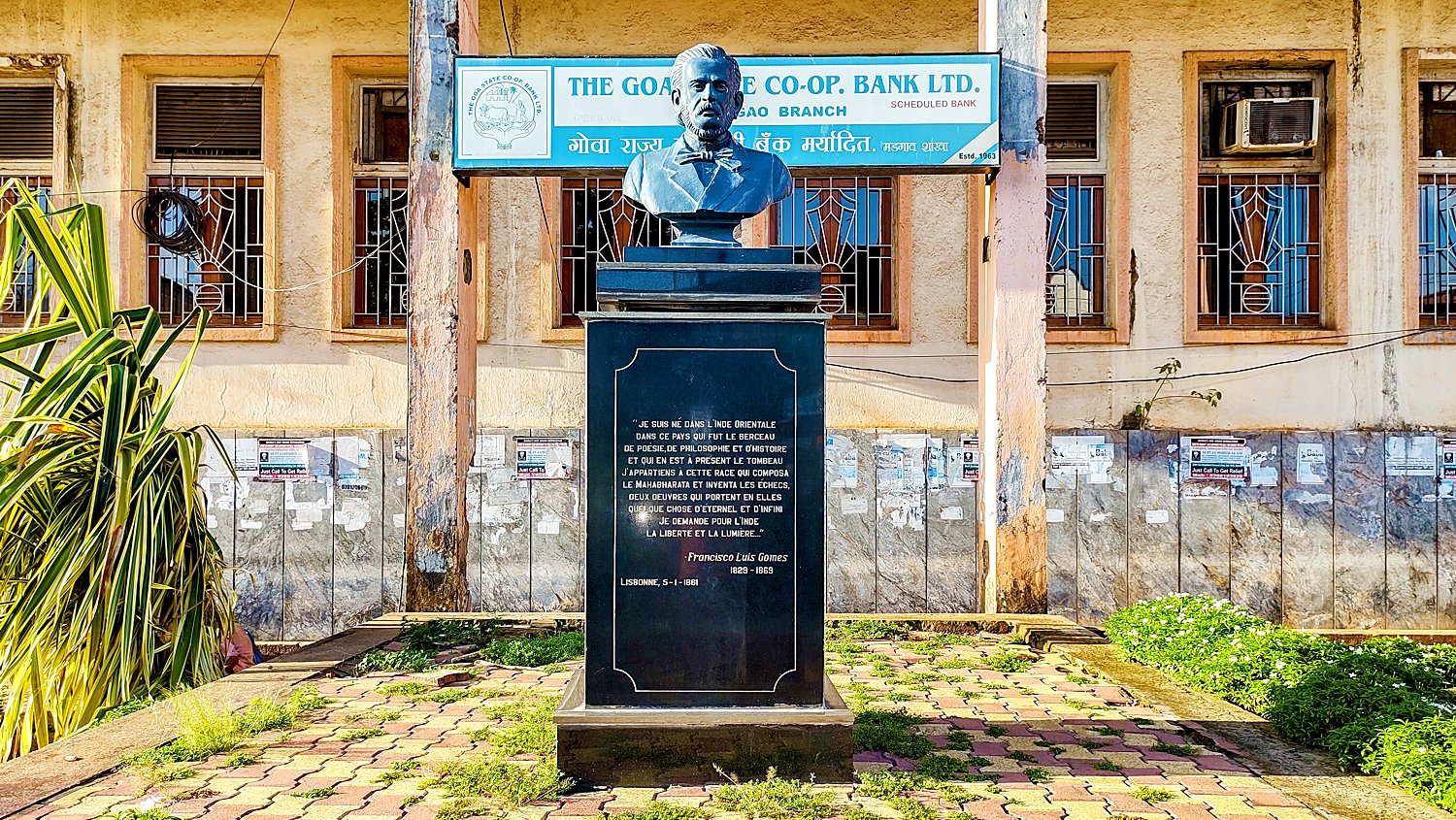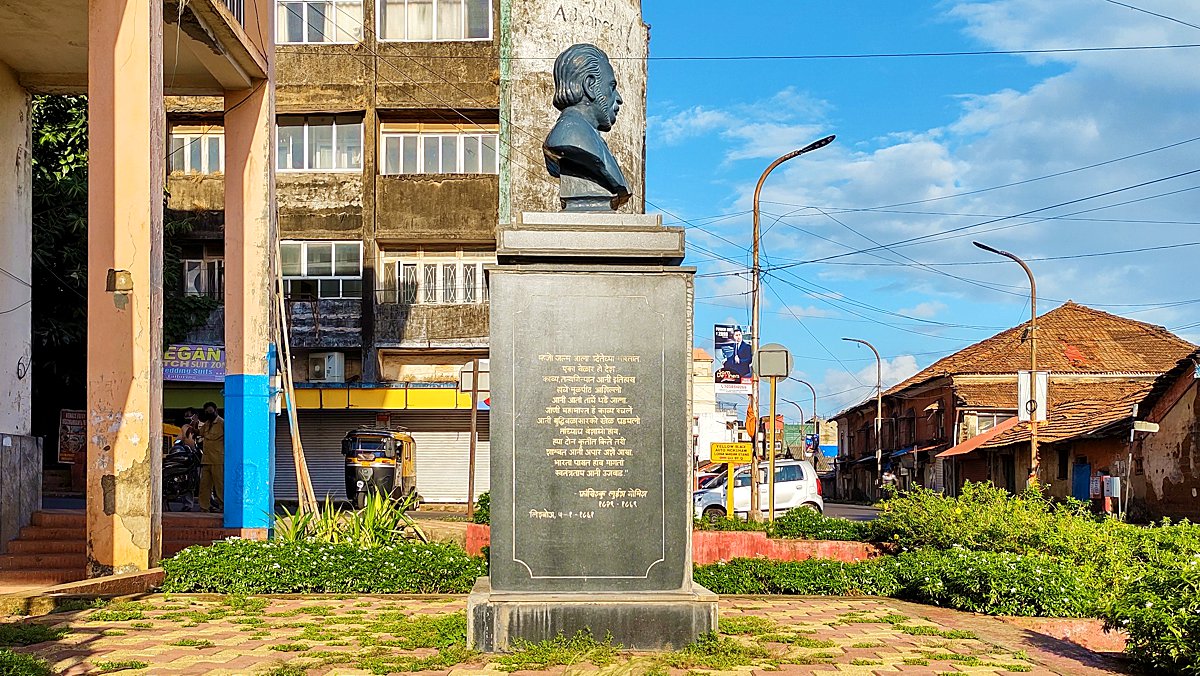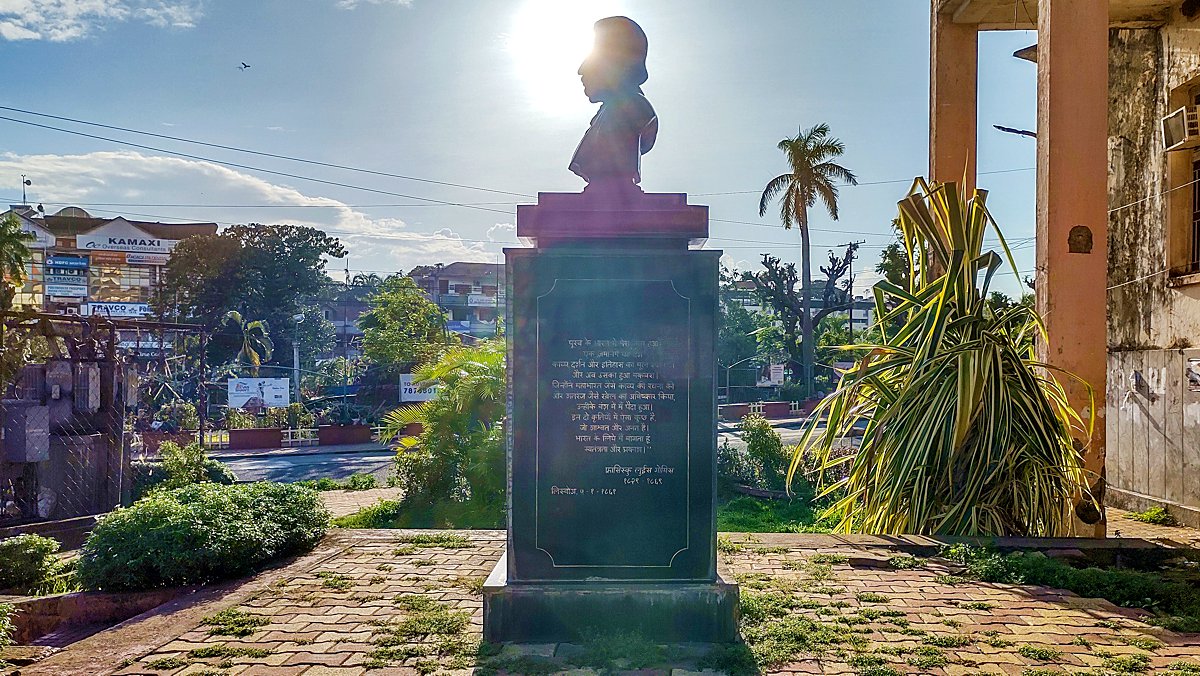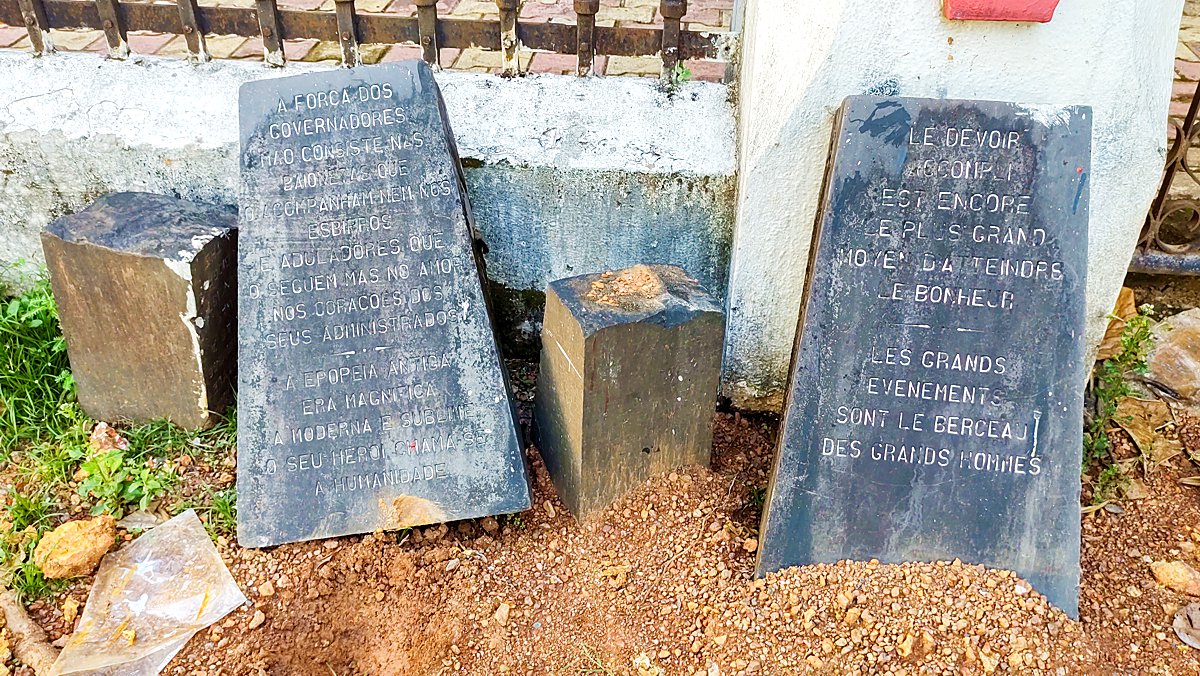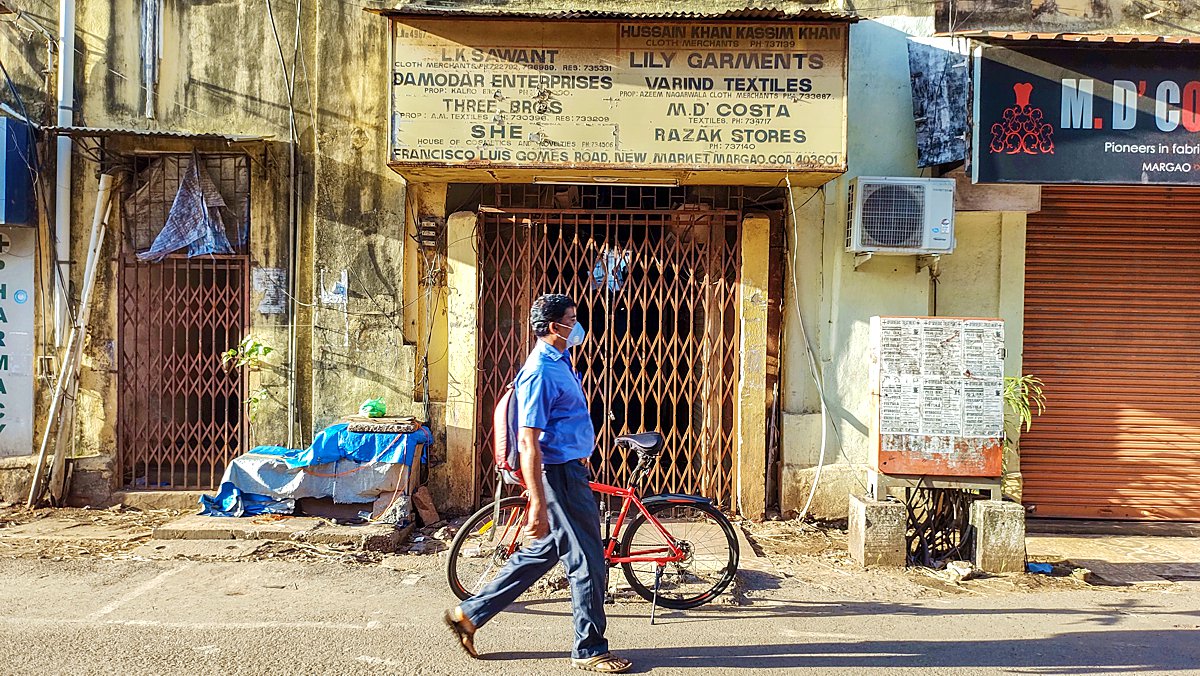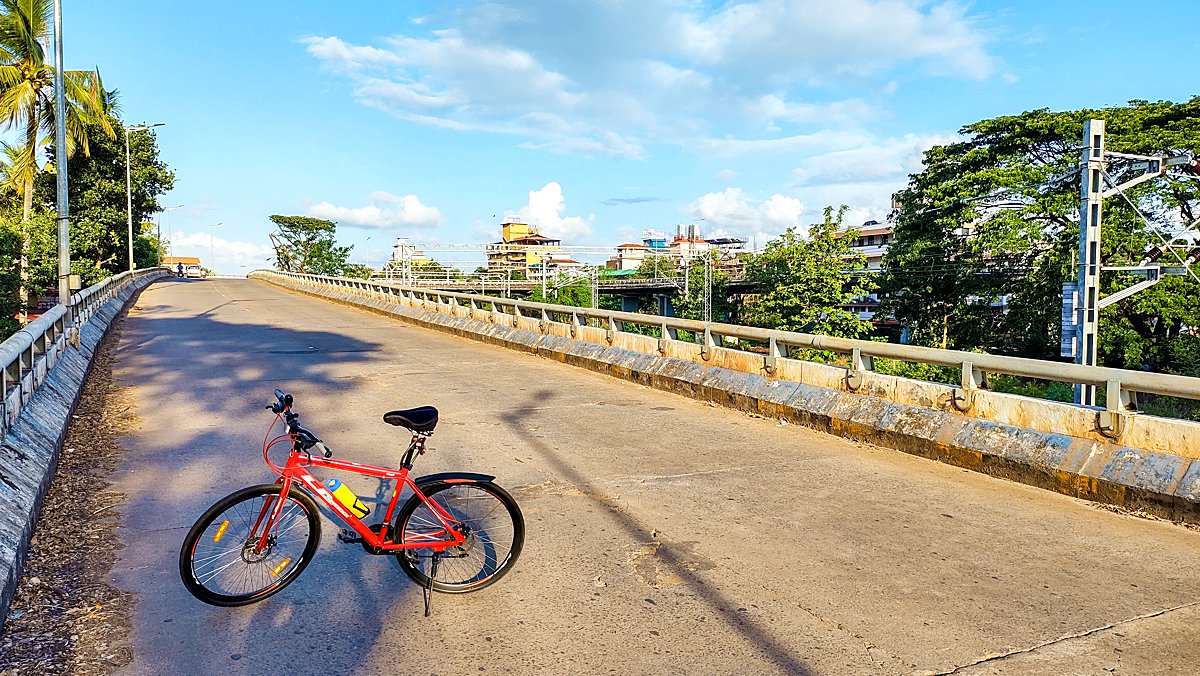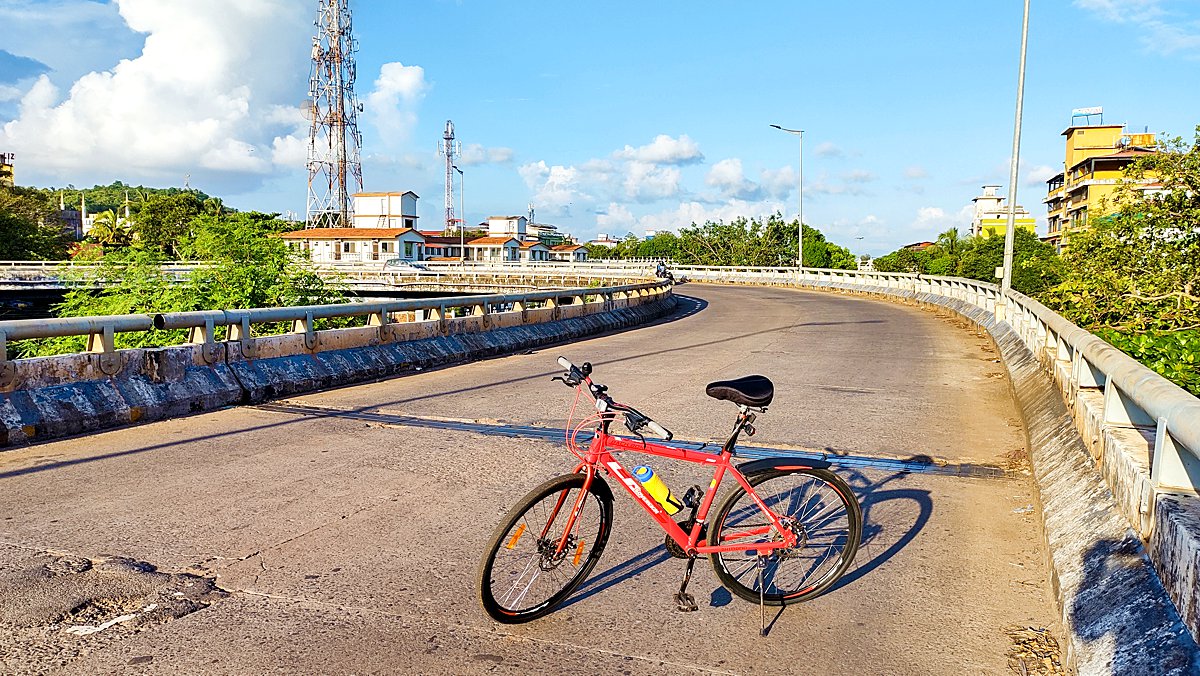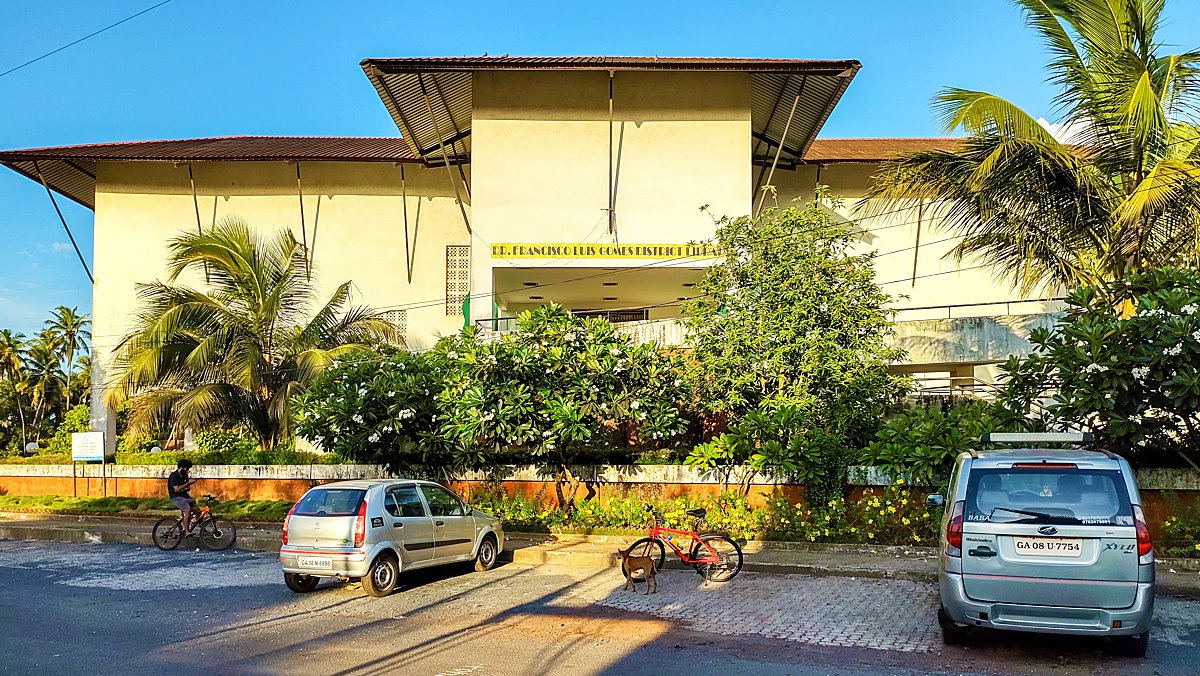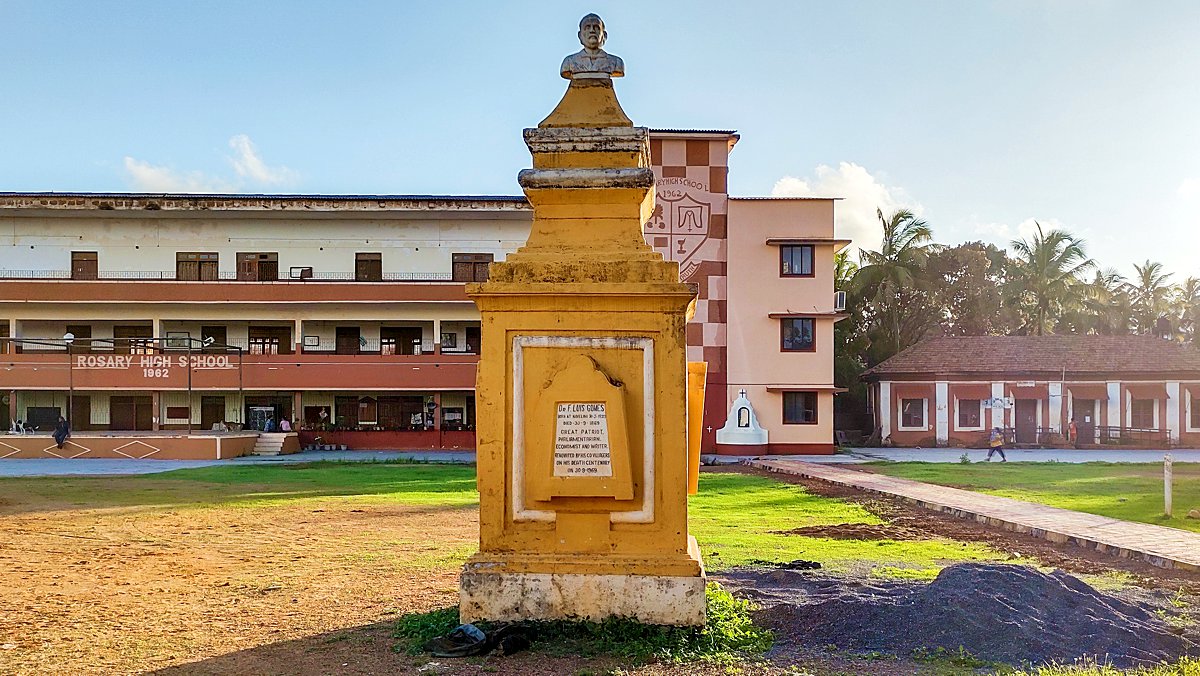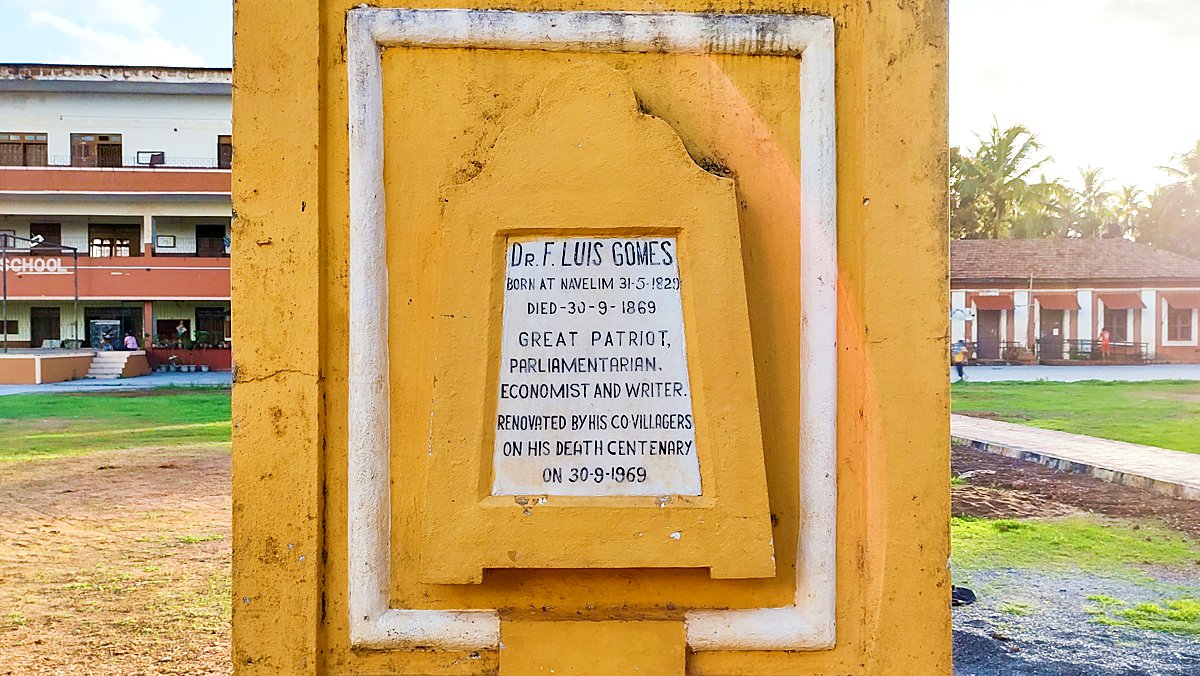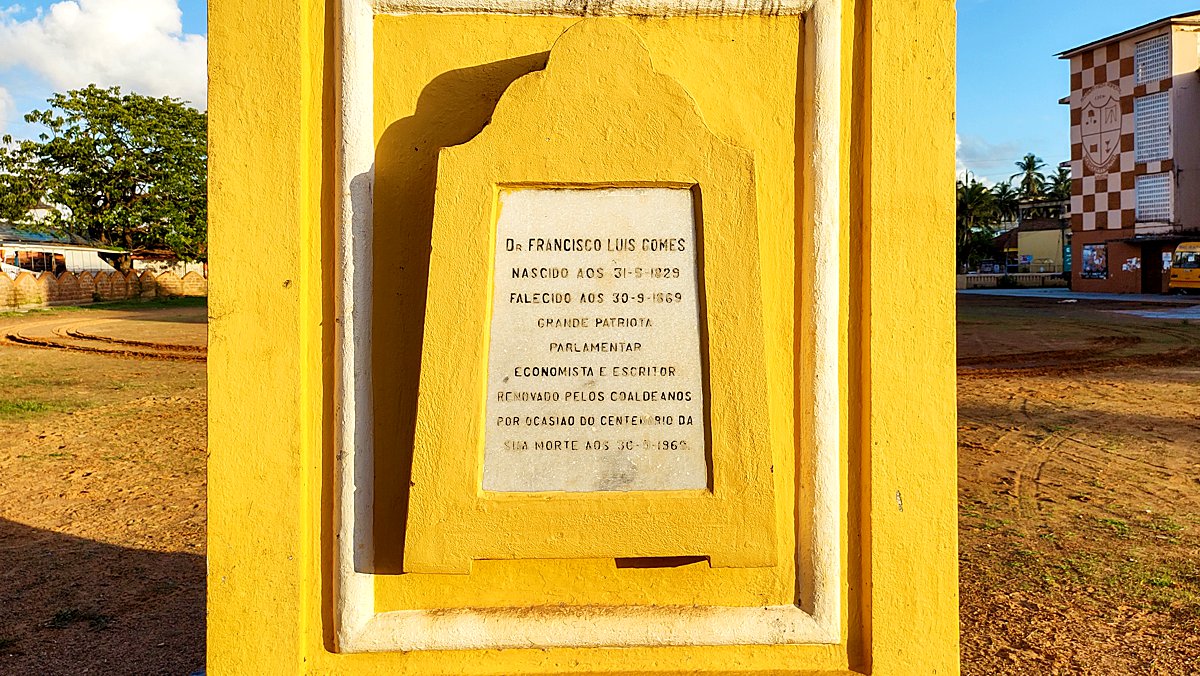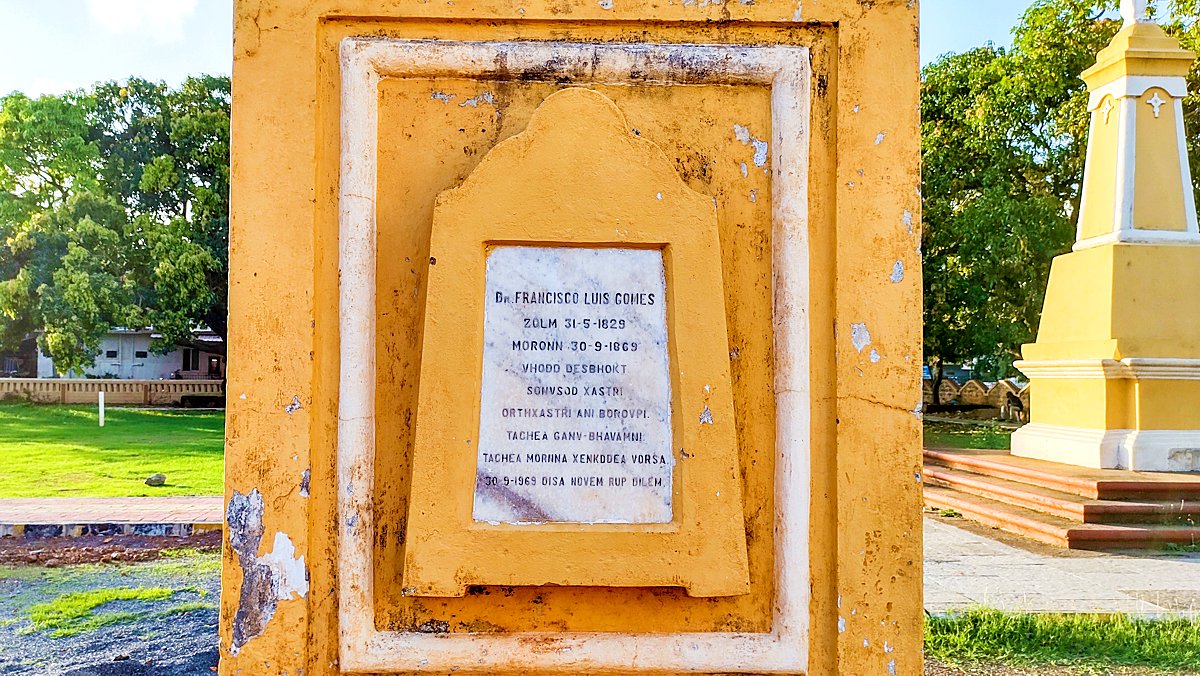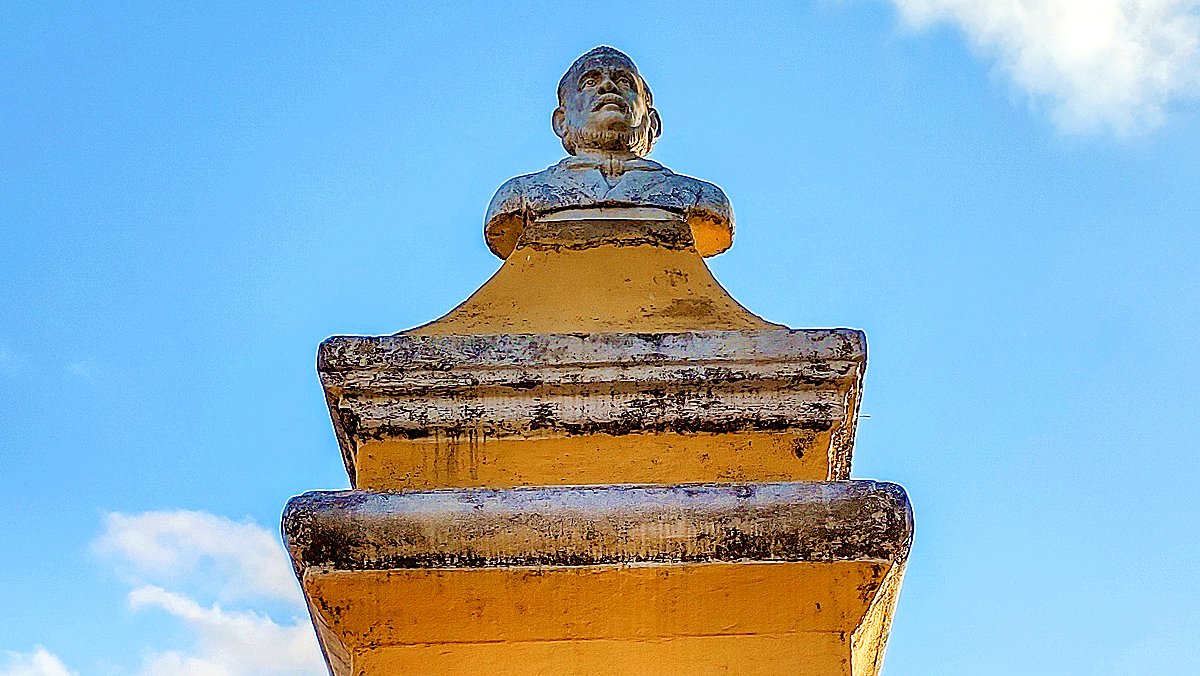Today, 31st May marks the 192nd birthday anniversary of Dr. Francisco Luis Gomes.
He was one of the most prominent intellectuals in nineteenth century Goa. An illustrious parliamentarian who represented Goa in the Cortes Gerais – the Portuguese Parliament in Lisbon, he was widely acclaimed as one of the best in Europe in his time and was lauded as the “Prince of Intellectuals” in Europe for his remarkable contributions in the fields of philosophy and economics. He was even felicitated by the French emperor Napoleon III (nephew of Napoleon Bonaparte).
Making his mark as a celebrated economist and the greatest Goan
Francisco Luis Gomes was born in the Colmoroddo vaddo of Navelim village in Salcette, Goa on May 31, 1829, the same day on which another great Goan, Abbé Faria, was born around seven decades earlier. The son of Dr. Francisco Salvador Gomes, an eminent physician and community leader, and Deodata Furtado, he completed his medical studies at the Escola Médico–Cirúrgica de Goa in Panjim at the young age of 21, rising to the position of Chief Surgeon at this institution later on.
In 1861, when he was barely 32 years old, Dr. Gomes was elected to the Portuguese Parliament for the first time. Being strongly influenced by the principles of the French Revolution, he decided to join a liberal party – ‘O Regenerador’, the Portuguese Democratic Party. From his very first speech in Parliament, he impressed the other parliamentarians and the general public with his superb debating skills, and not surprisingly went on to become one of the leaders of his party. Elected to the Portuguese Parliament two more times, during his 9-year tenure he made his mark as a multi-talented personality winning acclaim as a distinguished orator, economist, political scientist, physician, social activist, historian, journalist, and philosopher.
Dr. Gomes vehemently opposed socio-economic injustices perpetrated on the people in Portuguese colonies and proposed economic reforms for these territories. He demanded the withdrawal of the marriage and death taxes as well as those imposed on toddy tappers in Goa. Offered a seat in the Portuguese Cabinet as a Minister thrice, he declined the offer each time since such a position would clash with his independent views.
Francisco Luis Gomes had a flair for languages. Besides his mother tongue Konkani, he was proficient in Portuguese and French, and had a sound grasp over English, Latin, Italian, Spanish, and Marathi. He was also a versatile writer. He made a significant contribution towards a revised edition of the classic ‘Konkani Grammar‘ originally written by the English Jesuit, Fr. Thomas Stevens. He wrote six books in Portuguese and French besides contributing a large number of articles on political economy, law and ethics, history and literature to prominent journals. Published in 1862, his book in Portuguese focusing on the impact of Portuguese colonial policy on Goan agriculture and titled “A liberdade da terra” (The freedom of the land) is considered to be his principal work and a masterpiece.
Os Brâmanes (The Brahmins)
In 1866, Dr. Gomes wrote his celebrated historical novel Os Brâmanes (The Brahmins), which drew attention to the injustice of the caste-based discrimination in India, and exposed two types of Brahminism – the type practiced by the British and that prevalent among the Hindus. In the novel, written much before the Indian National Congress was established, he also championed the cause of self-governance for Indians and slammed the European nations for not staying true to the Christian values of equality and fraternity by writing, “It is said that the law of Christ governs European civilization. That is a lie. It shines on its surface, but does not penetrate to its entrails.” Set against an Indian background, the novel was the first to be penned in Portuguese by a Goan.
Rare honours for the Prince of Intellectuals
For his outstanding contributions in varied fields, Francisco Luis Gomes was showered with numerous honours. To name a few, the Society of Economists of Paris appointed him as an Associate Member, a rare honour that was accorded to only a handful of reputed public figures including British luminaries like the statesman Gladstone, the political economist John Stuart Mill, and the statesman and thinker Richard Cobden; he was offered a public tribute by elite French economists and philosophers on the occasion of the Universal Exhibition held in Paris in 1867; and the French monarch Napoleon III welcomed him in a special audience and commended him for his many accomplishments.
In 1931, the Portuguese government whose unjust policies he had fearlessly denounced erected a stately, life-size bronze statue of Dr. Francisco Luis Gomes mounted on a pedestal with inscriptions extolling his many achievements was inaugurated by the then Portuguese governor general on December 23, 1931. It was a grand event held as part of the birth centenary celebrations of the legendary figure that had commenced in 1929. The statue stands in a garden named after Dr. Gomes in the Campal area of Panjim opposite the Kala Academy.
In Margao, a bust has been installed near the Comunidade Building in Margao, the district library in Navelim – the village he hailed from, and the bridge linking Margao to Navelim have been named after him. The road opposite Bank of India to the Railway station is named after him and a small bust of the great man sits atop a pedestal in the grounds of the Rosary High School in Navelim.
Liberty and light for India!
Gomes was a staunch nationalist and an upright politician, a rarity in current day Indian politics. In a letter to his friend Lamartine, the famed French poet and politician, he wrote that he belonged to the great land that was the birthplace of the Mahabharata and had invented chess. He concluded the letter with a call for self-rule for India, proclaiming, “I ask for India liberty and light!”
Unfortunately, in 1869, Gomes was afflicted with a serious ailment that reduced him almost to a skeleton. Wishing to spend his last days in the land of his birth, he boarded the S. S. Messalis that set sail for India on 25 September. But just five days later, on 30 September, he passed away on board the ship and his body was consigned to the waters of the Mediterranean Sea. He was only 40.
A brief life span, but what a rich legacy Dr. Francisco Luis Gomes has left behind! At the commemoration of his death centenary in 1969, the well-known historian Dr. George M. Moraes ended his tribute to Dr. Gomes with the words: “He was the greatest Goan that has ever lived.”
Text copied from an article by Veena Patwardhan
https://www.veenapatwardhan.com/greatgoansdrfranciscoluisgomes
More info at:
https://en.wikipedia.org/wiki/Francisco-Luis-Gomes
Bust next to Comunidade building
Ruins of the original bust and pedestal that was broken when a vehicle hit it in the 1980’s.
I wonder if anyone knows the importance of these stones???
Location: Lohia Maidan
House of Dr. Francisco Luis Gomes, unfortunately now in ruins
Dr. Francisco Luis Gomes road – opp Bank of India to Old Railway Sation
Dr. Francisco Luis Gomes bridge – connecting Margao and Navelim
Dr. Francisco Luis Gomes District Library
Bust of Dr. Francisco Luis Gomes at Rosary High School

